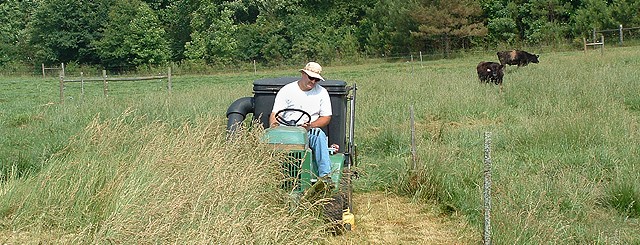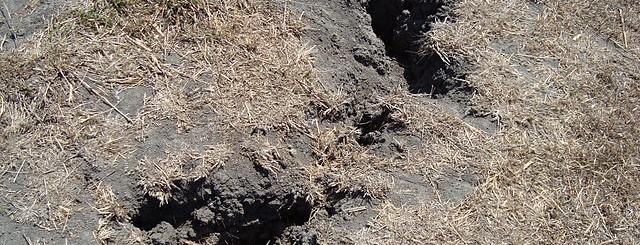-

On Tuesday the USDA announced a new Farm Bill initiative to assist agricultural producers with losses from severe weather, including drought, according to Growing Georgia. They report “The Actual Production History (APH) Yield Exclusion, available nationwide for farmers of select crops starting next spring, allows eligible producers who have been hit with severe weather to…
-
Weather information is one of the most important things farmers need to know when planning daily and weekly work as well for longer-term farm management. Every producer I talk to has a different favorite source of weather data they like to use for their planning. Some sources include The Weather Channel and internet web sites…
-

The Future Tense blog at Slate.com provided some good commentary on seasonal forecasting in their blog entry from October 17. Winter seasons are the easiest to predict, because they are generally tied to the presence or absence of El Nino in the Eastern Pacific Ocean. This is especially true in the southern portions of the…
-

The results of the 2014 hay contest are in, and show a marked improvement over 2013, when wet weather caused poor forage conditions across the Southeast. Here is a paragraph from the contest summary: “Weather is always a major limiting factor when attempting to produce high quality forage. This year, dry conditions in the later…
-

Bloomberg Businessweek had an interesting article in the past few days about the reduction in wild apple forests in Kazakhstan due to illegal development of vacation homes as well as drought and increased disease pressure linked in part to changing climate. Kazakhstan is home to what some consider the birthplace of many modern crops like…
-

Last week the USDA designed six Georgia counties as primary natural disaster areas due to recent drought conditions. In addition to the primary counties, there are nine additional counties in Georgia and four in Florida that are included in the drought designation due to their location adjoining one of the primary counties. You can get…
-

Savannah Now published an article discussing the increase in coastal flooding during especially high tides, and notes that this type of flooding is becoming more common as sea levels rise. The sea levels across the world are rising from a combination of expansion of warmer ocean water and melting of ice sheets in the Arctic. …